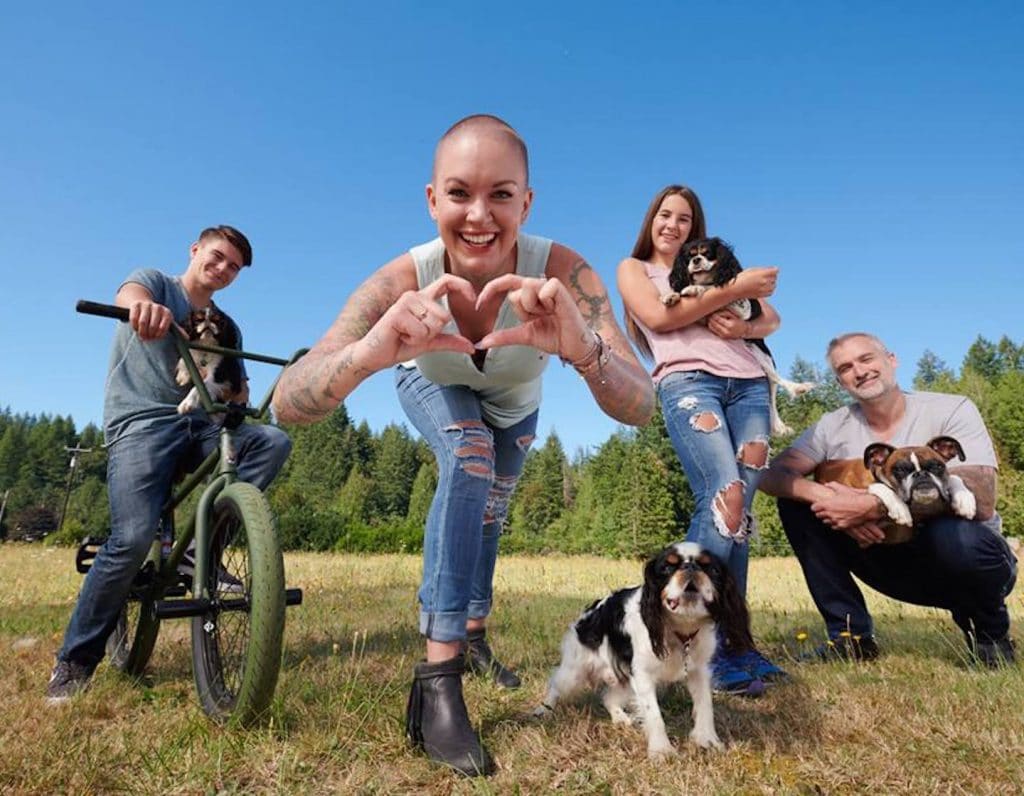
Animal Planet star Amanda Giese talks animal rescue, adopting older and mixed breed dogs, and why kids need to help care for your family pet
Are your kids begging you for a puppy this Christmas? Or are you struggling to get your kids to pitch in with the family pet like they promised to?
We recently had the chance to meet animal rescue superstar Amanda Giese, star of the new Animal Planet show Amanda to the Rescue. The uplifting show follows Amanda, her partner Gary, and her two kids, Jade (14) and Beast (16) as they care for animals in need through their animal rescue foundation, Panda Paws Rescue on their farm in Washington state in the U.S.
Amanda is a lifelong animal lover, but rose to national prominence in 2014 when a video of her two-legged Boxer, Duncan Lou Who, joyfully running on a beach went viral. Panda Paws specializes in caring for animals that are “differently abled” with special needs or severe medical problems, in turn helping to rehabilitate them and get them ready for adoption. Amanda’s ultimate goal is to end animal homelessness, abuse and neglect.
Warm and bubbly – “I think I was born to be a mom!” – Amanda also stands out with a series of tattoos and a distinctive shaved head. She initially shaved it due to an illness, but decided to keep it in part, she says, to show kids that “you don’t need hair to be a Disney princess!” In addition to her extensive work with animal rescues around the world, she also volunteers as a foster mother for children. Most recently she fostered a little boy from China, Jie Yuan, who was born with an extremely rare condition in which he has no nose.
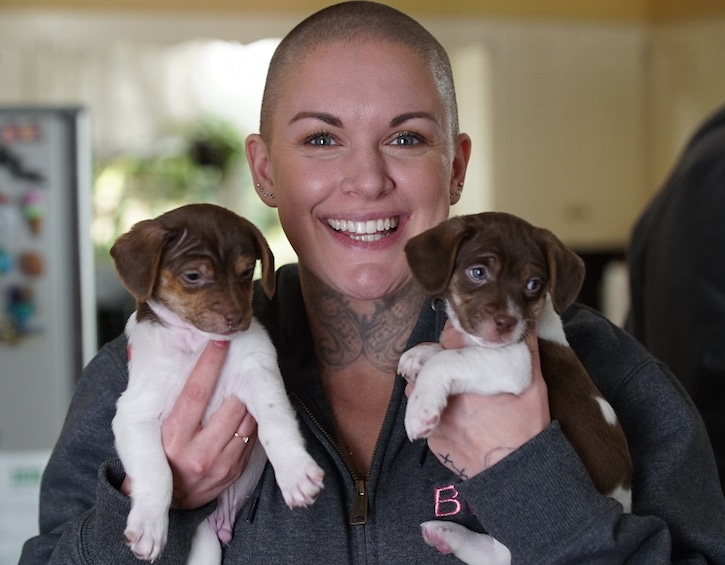
Read on for tips from Amanda about the benefits of adopting a mixed-breed dog, introducing a new pet to your family (or a new baby to your beloved pet), why having a pet teaches kids about empathy and compassion, and how you can teach your kids about animal welfare (even if your family doesn’t have a pet).
And be sure to tune in for Amanda to the Rescue on Tuesdays at 9:55pm!
When did you start rescuing animals?
In elementary school. My very first rescue was a kitten named Jane Doe, and when I found her she would have fit in my teacup. She was literally the size of a lemon! She was covered in fleas, anemic, shivering cold, so we took her inside and bathed her, and took her down to the vet.
The vet said, “I don’t think she’s going to survive, but if you put the time into her, I’ll put the money into her,” and I was like, Challenge accepted!
And that cat lived all the way into my 20s, so she survived!
Can you explain the special benefits of adopting an older dog or cat, or an animal with special needs?
One of the great things about adopting an adult animal or a senior animal is that you know exactly what you’re adopting. You know their personality traits, you know their quirks, you know their likes and dislikes, you know who that animal is.
Puppies are still growing, they’re still developing, they’re still changing. They may have innate personality quirks that haven’t come out yet.
When it comes to medically needy animals there’s just such a type of love that they give you, it’s an extra layer of love.
For me, as a mother, it’s like an intuition or instinct, just feeling like I was born to take care of them, being the one who nurtures, and shows patience. Because it really is like taking care of another child, for me, that’s how I relate to it.
Read more: Ultimate Guide to Adopting a Dog in Singapore
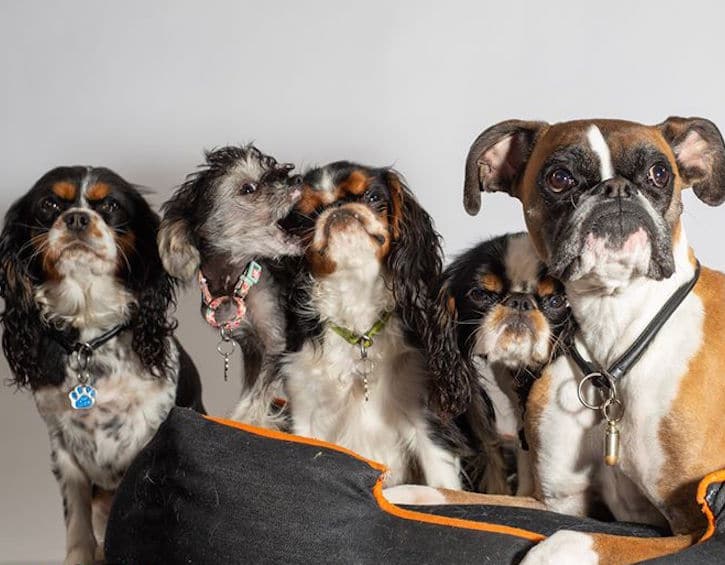
What challenges do people need to prepare for when it comes to adopting an older dog or one with special needs?
You have to be financially responsible to take care of a special needs animal or older pet, because with age – with all of us! – we have more ailments that arise, such as arthritis, eye issues, things like that.
Obviously you want to be financially stable if you’re adopting any animal, but just make sure you’re prepared for the costs that could arise with a special needs or senior animal.
You also want to make sure that you have the time to give those animals. Especially a senior, you’re giving them the best years of their life, the last years of their life. So you want to make sure you have the time and quality of care to give.
And the thing is, not everyone is equipped to care for a special needs animal, and it’s ok to know your limits. I always say, rescue within your means, and adopt within your means. You may be an amazing home for a healthy, typical animal, and that’s great because there are a lot of them out there!
So really, get to know what are this animal’s needs? What care do they require? What is it going to cost you? What are your time commitments? What are your physical therapy and medication commitments?
Know what you’re getting yourself into beforehand, look at your life from an honest perspective and ask, Am I equipped to do this for the long haul? Not just today – because of course you love the animal today – but for a year, 12 years, 15 years. And if the answer is yes, then you’re probably a great candidate for a special needs animal.
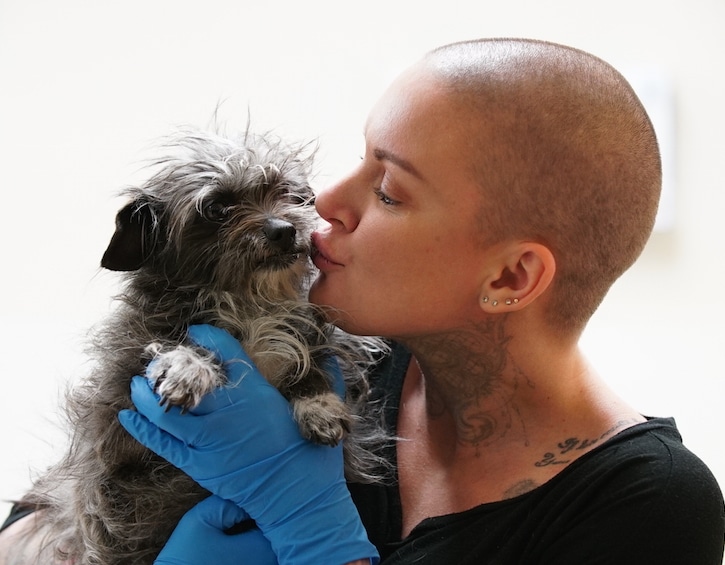
Here in Singapore mixed-breed dogs sometimes have a bit of a stigma (called mongrels, banned from HDBs, etc). What special qualities have you seen in mixed breed dogs that you can share with our readers?
Mixed breed dogs typically tend to be healthier, and they cost a lot less lifelong because they’re hardier than a pedigreed animal.
Additionally, they have their own personalities. For instance if you have Shi-Tzu / Pug Mix, you get a bit of both personalities, it’s the best of both worlds. You get this one-of-a-kind animal that has really unique traits and a personality all its own.
Also consider volume and population. We all want to keep the animals safe and reduce the stray population. By adopting a mixed breed animal, you are helping the cause of animal welfare and improving their quality of life, you’re not perpetuating the problem of puppy mills or pet stores.
Every dollar that you put into something is a vote. If you buy a puppy from a pet store, you’re saying you’re ok with the puppy mill industry, and it’s really not ok. When you put your money into an animal rescue, you’re saying that animal welfare matters, animal rights matter, quality of care matters. Make sure that if you’re acquiring an animal, you do it responsibly and ethically.
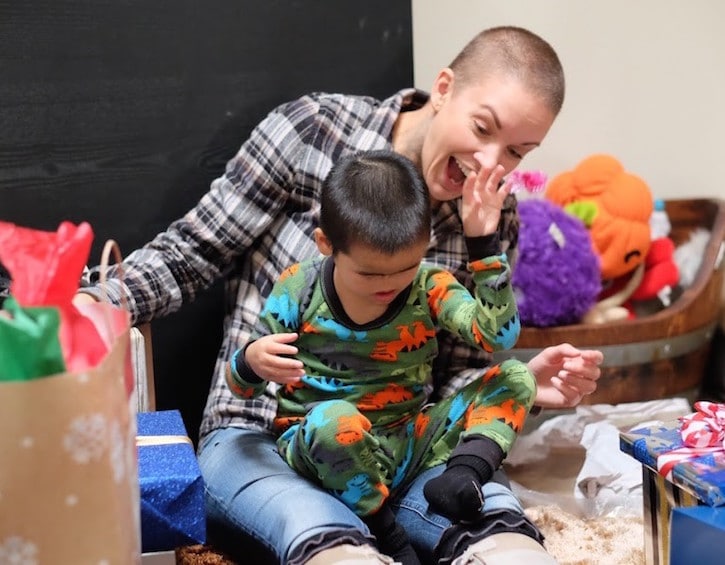
What tips do you have for getting kids acquainted with a new pet?
First and foremost, even before you have kids, when you first get your pet, start working on socialization. Socialize your animal quickly, get them around schoolyards and playgrounds, where they can hear the sounds, see the busy children.
Really work on socialization from the get-go so that they learn that trust, and can turn to you and see, Ok, mom is walking the same way she does when she’s at a café, she’s not scared, these kids must be ok.
Secondly, when you have a baby of your own, have somebody bring the smell of the baby back from the hospital. Bring a blanket, bring the car seat in. Let the animal really get to know it and smell it. Go gently, it’s all about lots of positive rewards. The animal may be scared or intimidated, but for every good behavior, reward that positive interaction quickly. If they’re smelling the baby and they’re calm, that’s a reward. If they sit and they’re being gentle, that’s a reward.
Remember that your animal needs that same training, that same response time as always, even though now you have a baby, really you’re juggling two babies. If the animal isn’t behaving properly, just go slow. It’s all about redirection, and positive training.
Until you know that your animal is safe around the baby, don’t leave them unattended together. Don’t put the baby on the floor and leave the room.
It takes time; not every animal instantly takes to babies, but eventually they will. You are the responsible parent in the home watching over your children and your animals.
And of course, once you have your baby, that baby’s going to need to go for walks in strollers, and the dog still likes those things, so there’s a way to manage it so everyone’s needs are attended to.
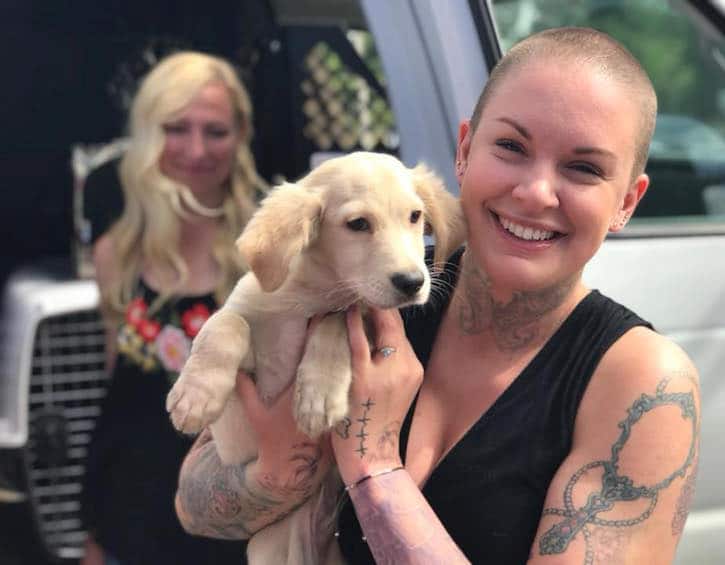
As our kids grow older, how can we get them involved with taking care of the family pet?
Having children grow up with animals teaches them a different form of compassion. It teaches them how to care for something other than themselves. It teaches them how to be selfless, it teaches them body language, non-verbal communication, friendship. It teaches children how to just be kind. In my show, one of the main themes is “kindness is cool,” and I think we live in a world where we used to not have to remind people of that, but we do now.
So having a pet is a great platform to remind kids to be gentle, to be kind, to be caring toward something other than yourself.
In our family, my son has a cat, my daughter has two dogs. They feed their own animals, they medicate their own animals, they cut the toenails on their own animals. Granted, my kids are teenagers so it’s different than if they were in primary school. But it’s a situation where their responsibility increases as they grow.
If a kid wants a hamster, or a goldfish, or a cat or a dog, you’re gonna have to teach them how to take care of it. Because a lot of children are like, I want this! And you tell them they’ll have to take care of it and you get it for them and then, like, a week later, you don’t require that anymore. But it’s up to us as parents to continue to require that, and it’s actually in their best interest that we do, because it carries over that compassion and empathy for another creature, and it teaches them that responsibility. And as parents – hopefully! – we’re all trying to teach our children to be responsible contributors to the goodness of the planet.
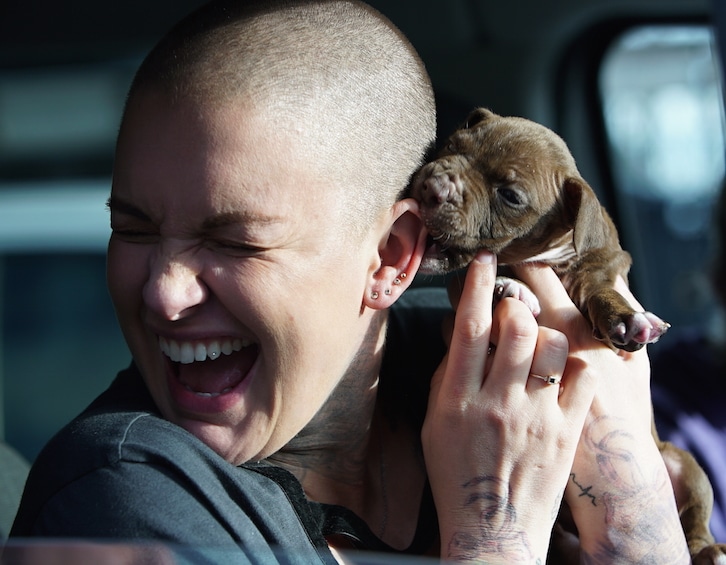
So parents: if you’re considering getting your child that hamster or that puppy, and a week later they’re not helping, that’s your responsibility to parent them back into helping, and requiring that they do the work. Animals are work! So everyone has to be truly invested.
For kids in elementary/primary school:
One thing that’s really important is to bring your kids to an animal shelter to to open a dialogue about animal welfare, about why it’s important to spay and neuter, about why you really have to be financially stable to have an animal. They’re not Christmas presents, they’re a lifelong commitment.
I think it’s really important with that age, because their brains can start to wrap around the idea. Even try to make it a regular thing, maybe once or twice a year, remind them of what it’s like in the shelter system. Because the next generation is going to be the generation that stops the puppy mills. If we really invest the time to show them why, then they can be the active members that change things.
Even if you’re not planning to adopt an animal, it’s just good to take you’re kid to see it with their own eyes and open up the dialogue. Instead of just talking about orphanages or shelters, or natural disasters, when you see it with your own eyes and experience it, it really gives you a better ability to grasp what’s going on. And that’s a very organic way to talk about things without it being negative.
Thanks so much for your time, Amanda! Catch Amanda to the Rescue on Tuesdays at 9:55pm on Animal Planet.
Read more:
5 Tips for Introducing a New Pet to Your Kids
Sassy Mama Supports: SOSD






 View All
View All





 View All
View All






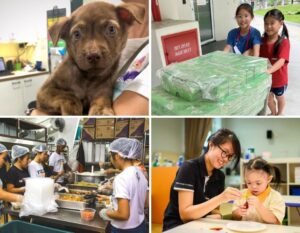




 View All
View All




